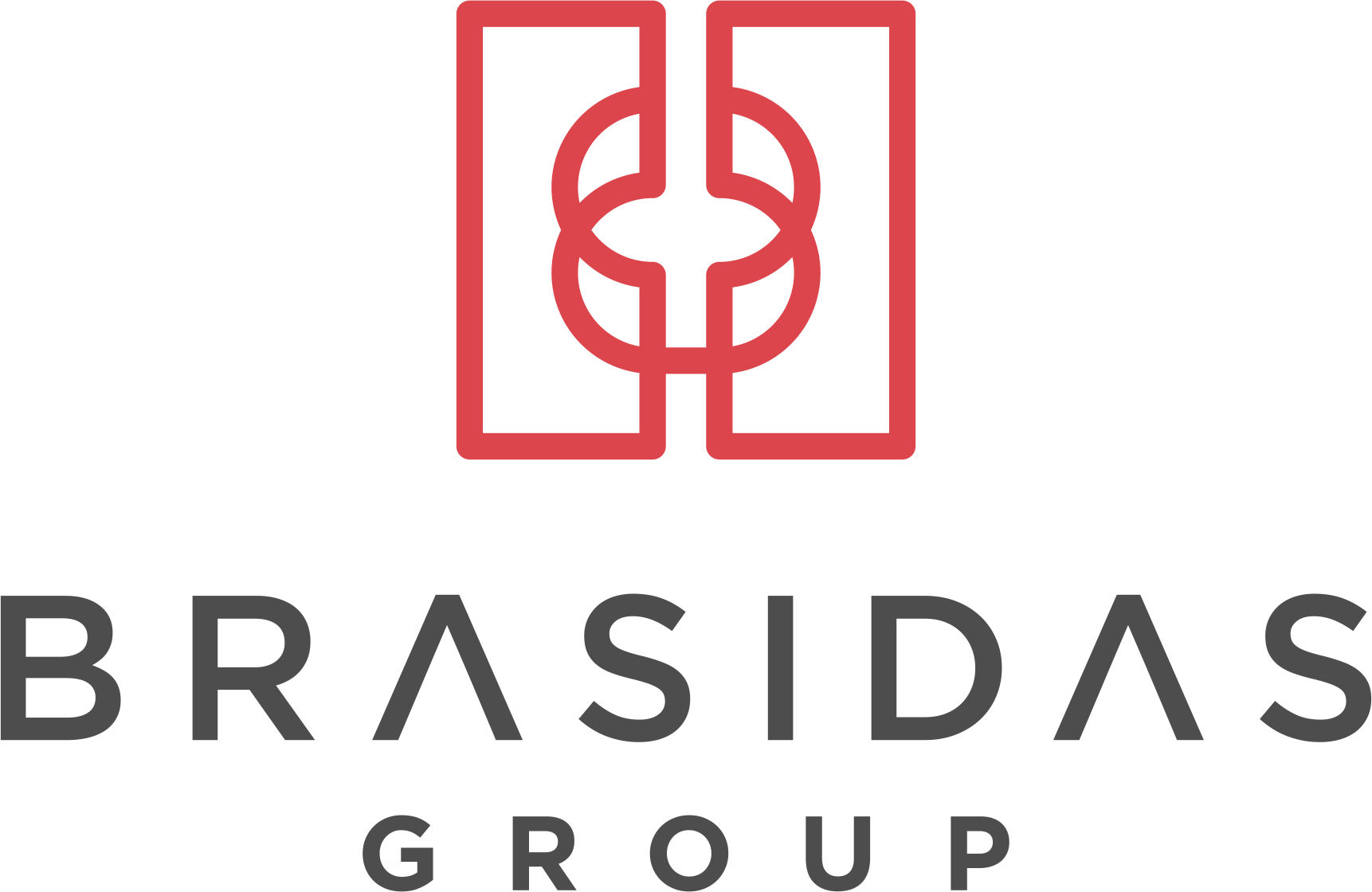The recent Russian invasion of Ukraine, has exacerbated fears of long-term security, geopolitical, and economic consequences. In particular, fears of energy shortages in Europe and, consequently, the impact of a surge in global energy prices is creeping into global markets.
While Russian officials, including Foreign Minister Sergey Lavrov, have jockeyed to evade and return Western sanctions in kind, US and European decision-makers are increasing their economic responses to the current developments. For the time being, President Biden has ruled out the possibility of sending US troops to Ukraine, and warned Putin against any incursion on NATO territory. Instead, the US and its European allies have launched a comprehensive package of targeted economic sanctions to counter Russia’s activities in Ukraine. These sanctions have thus far, avoided expelling Russia from the SWIFT financial system, but have limited its access to high-tech exports, and targeted Russian elites around the globe. Germany has even frozen the Nord Stream 2 pipeline project, which carries natural gas supplies from Russia to Germany.
In response to these measures, Russia could cut off its oil and gas supply to the rest of Europe. This scenario would cause a severe gas shortage across the continent, which imports more than a third of its gas supplies from Russia. Ultimately this would exacerbate the already existing energy crisis triggered by lowered gas stockpiles and increased prices in late 2021. Last year, the cost of a barrel of oil tripled and ended the year around 90 USD per barrel. Oil surged past USD 100 per barrel hours after the Russian invasion. Heavy European reliance on Russian Energy gives the latter leverage to steer negotiations to its desired direction. It is also important to note that gas and oil sales account for more than 40% of Russian government revenues. Therefore, terminating its transactions with Europe is going to create a considerable dent in the Russian budget and economy.
The US is actively searching for new channels of energy supplies for Europe. Namely, on 31 January 2022, President Biden met the ruling leader of Qatar, Emir Sheikh Tamim. Observers viewed this meeting as an attempt to encourage Qatar, the world’s second-largest liquified natural gas (LNG) exporter, to boost European supplies in the coming months. However, one new supplier will not be enough to fill in the void left by Russia, and other suppliers will have to assist . The US has already pledged to increase its LNG exports to Europe to assist the Union’s efforts to diversify away from Russian gas. However, these changes will take time to implement.
Experts have pointed out that Europe’s diversification of energy suppliers will come at a markedly higher cost. They explained that energy producers could redirect their shipments to Europe, or add other sources, such as coal, to their energy mix, which would inevitably affect the prices and leave European consumers with significantly higher bills. Consider as well, that Germany, the EU’s largest economy does not even maintain a single LNG terminal to accept US deliveries, and is attempting to build one to come online in 2024. Moreover, since we live in an ever more globalized world, the regional conflict in Europe will likely have a global spillover, thus causing worldwide energy prices to spiral. This will leave an already fragile post-Covid economy struggling to recover.
Since the conflict began, energy prices have skyrocketed so much, that US policy-makers are even considering lifting sanctions of Venezuelan oil, to cope will global shortages caused by a disruption of trade with Russia. Consumers around the globe will face inflation, and higher energy prices, and the economic outlook for the globe is bleak.




